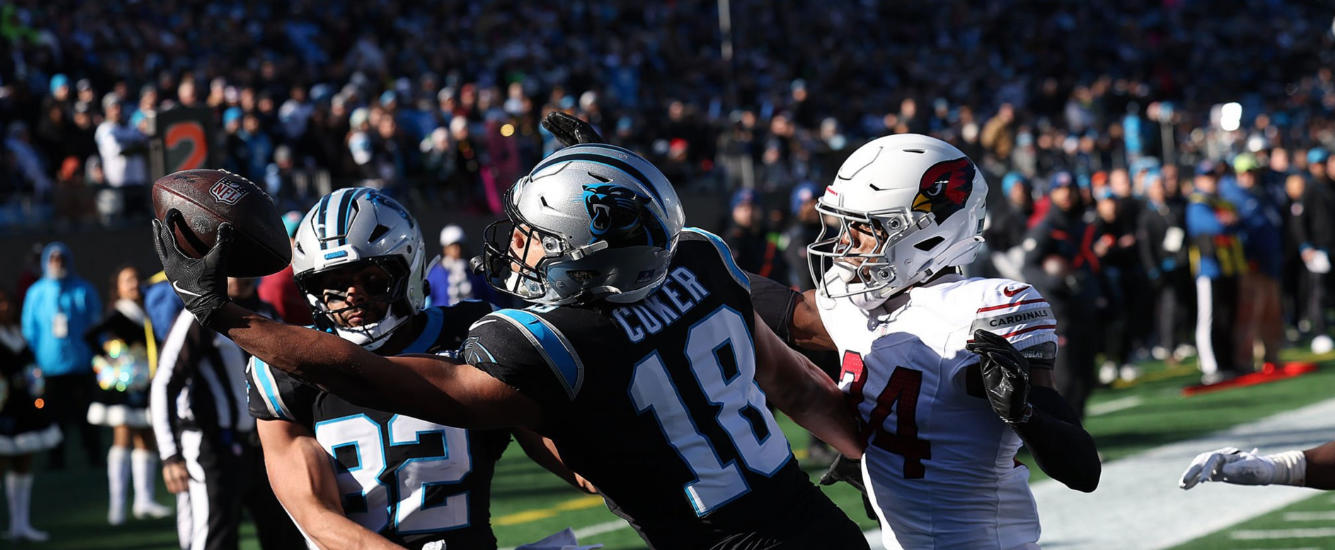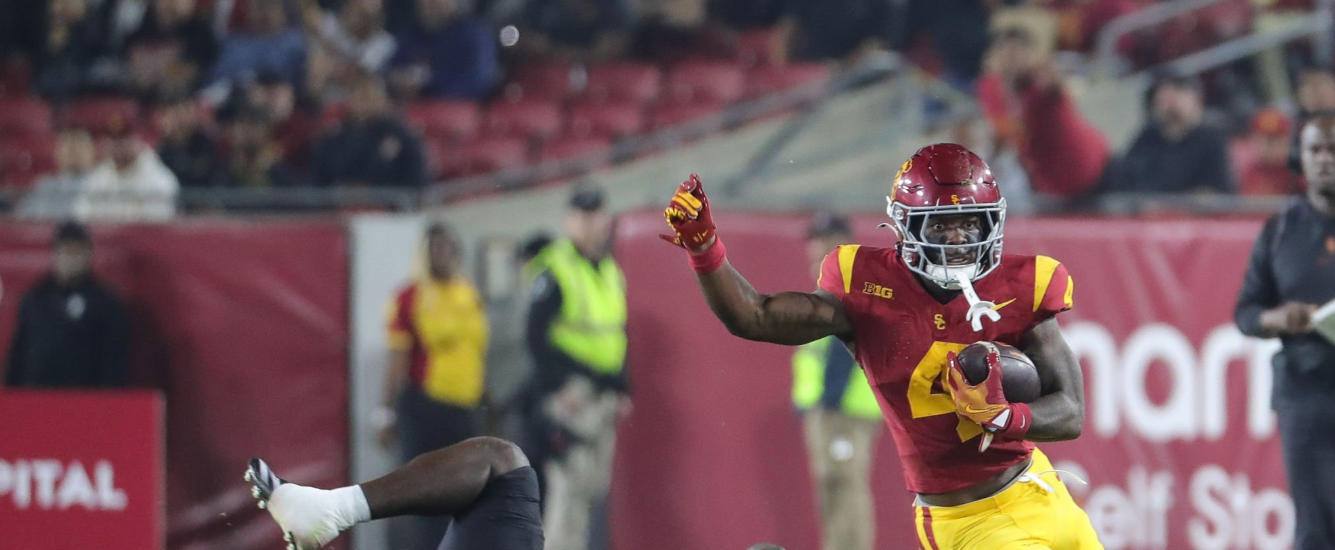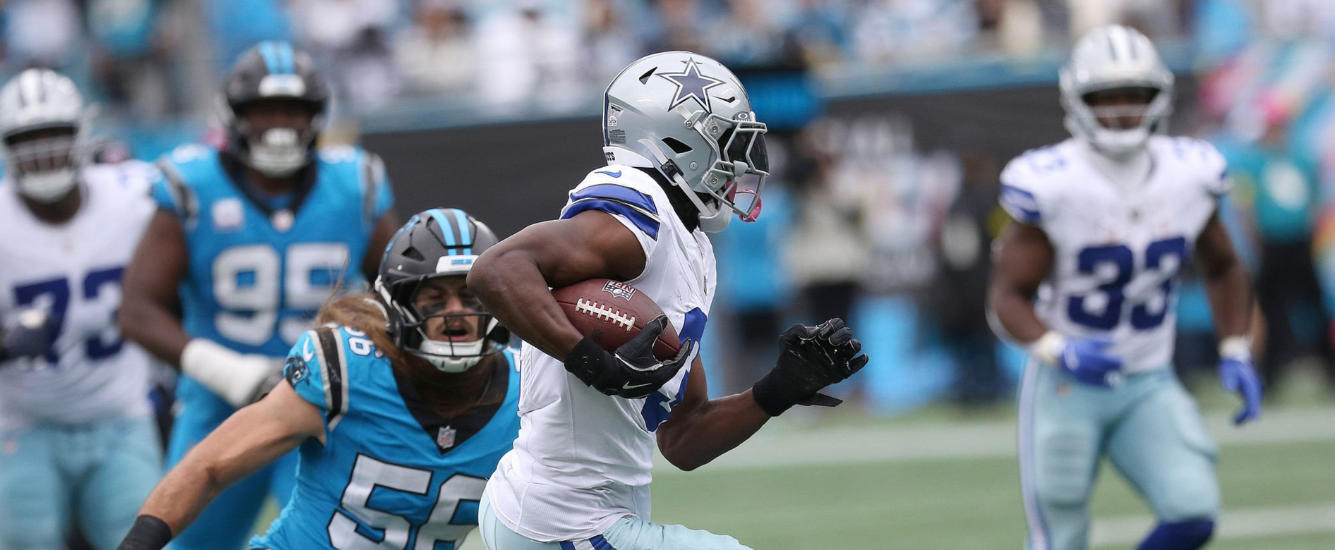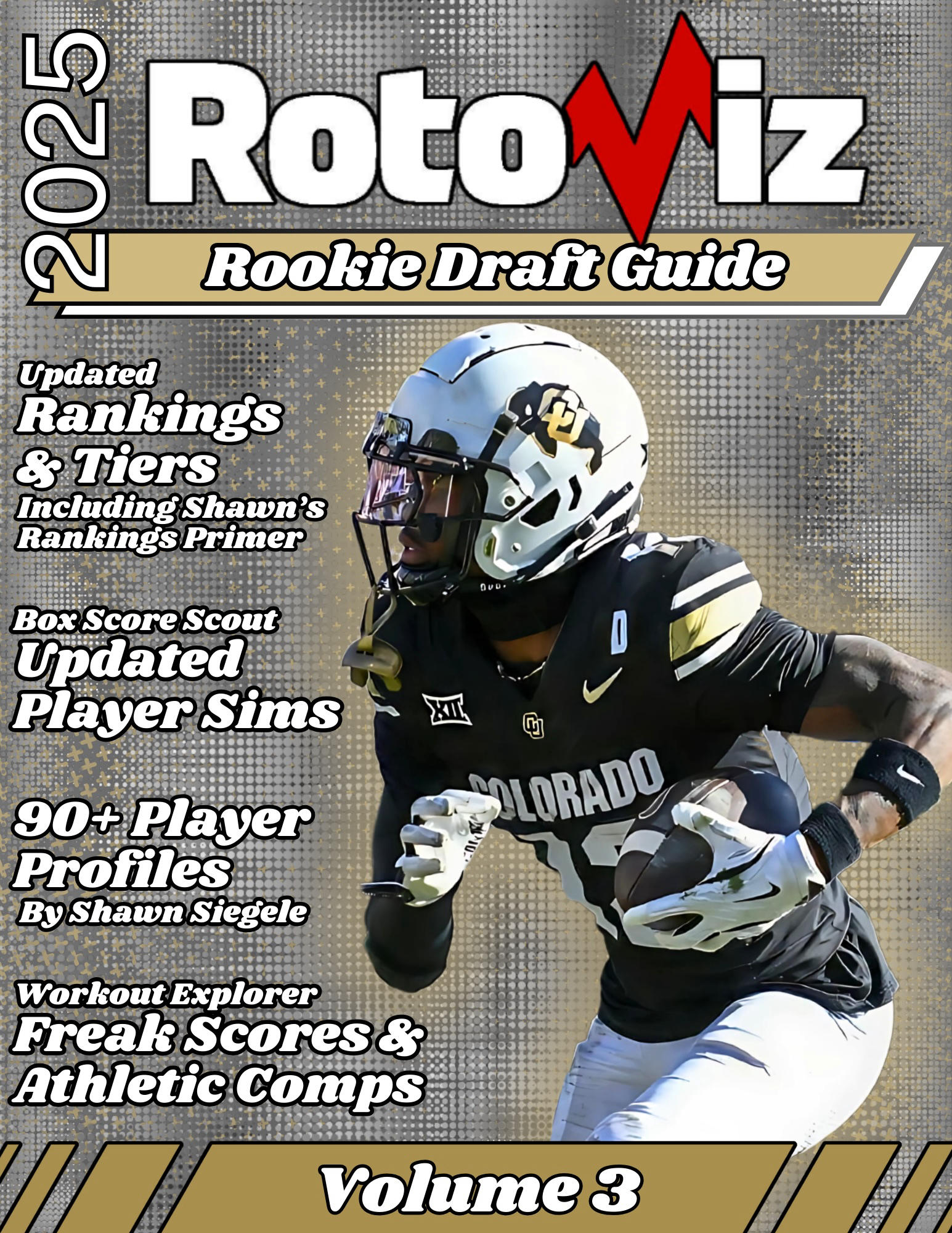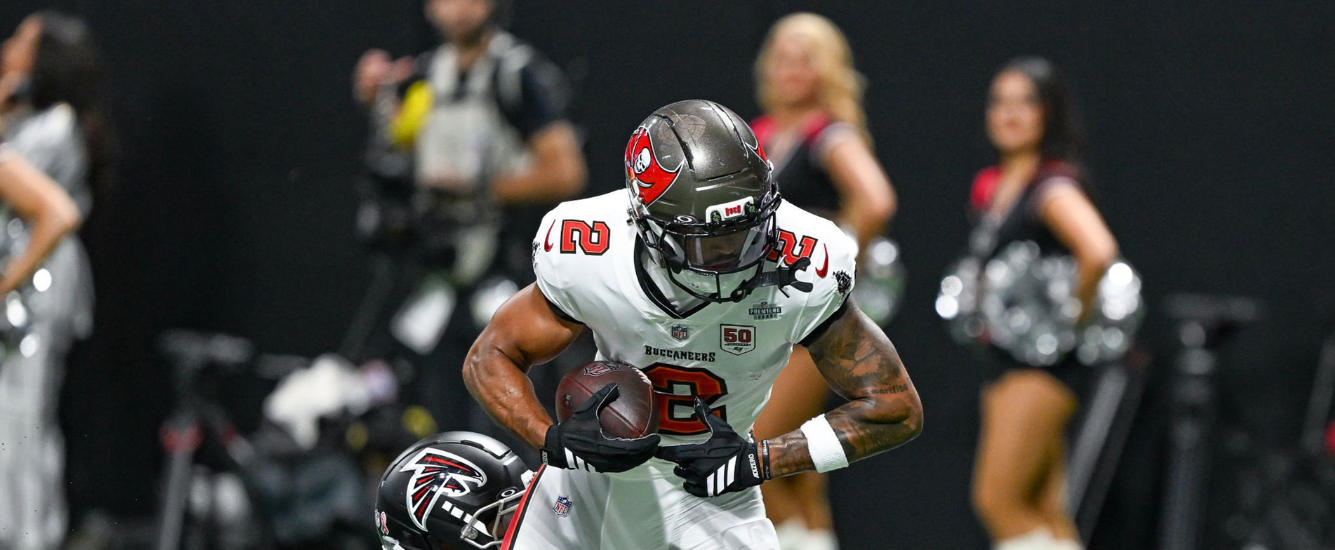After covering the potential 2026 rookie classes at quarterback, running back, and wide receiver, it is time to finish things off with an overview of the tight end position. Once we get through the TEs, I will use all of the data that has been discussed over the four articles in this series to put together a way-too-early 2026 superflex rookie mock draft.
Like WR, there is no clear favorite for the top TE spot in next year’s draft. Most of the prospects getting the most attention are currently better receivers than blockers, which makes things fun for fantasy managers. However, considering all of the TEs featured in this article come in at 245 pounds or less, there are legitimate concerns about how much playing time they will earn at the next level if they cannot prove themselves as blockers.
The 2026 rookie landscape will change in ways we cannot predict between now and next May, but having a general idea of how things could play out in 2026 rookie drafts is important when fielding offers for future dynasty picks in this year’s draft. In an attempt to sort through the noise, I used a combination of advanced metrics, film study, and data analysis to attempt to predict who the biggest TE risers and fallers could be over the course of the 2025 college football season.
To evaluate the group, we will rely largely on the same receiving metrics we used when discussing the 2026 WRs. Here is Shawn Siegele’s breakdown of each metric in the 2025 RotoViz Rookie Draft Guide:
Dominator Rating (RDR): A staple at RotoViz since its inception, DR is a receiver’s combination of yardage share and TD share. It helps you understand a receiver’s production within the context of his offense and provides insight for metrics like Breakout Age.
Yards Per Team Attempt (YPTA): A receiver’s receiving yardage per team attempt.
Yards Per Route Run (YPRR): A receiver’s yardage per route run.
Points Earned: As was the case with QBs and RBs, this is an EPA-based calculation. For receivers, it includes adjustments for off-target passes, dropped passes, broken tackles, and offensive line play.
On-target catch percentage: Total receptions divided by total catchable balls.
Receiver Rating: A quarterback’s traditional passer rating on throws when targeting that receiver.
Air yards: The total of yards downfield for all throws, whether or not they were completed (excluding throwaways).
Average depth of target (aDOT): A receiver’s average number of air yards per target.
For all of the stats Shawn mentions above and more, go pick up your copy of the 2025 RotoViz Rookie Draft Guide TODAY! With Volume 3 out now, stay up to date on all of the latest information you’ll need to crush your rookie drafts and best ball leagues in 2025!
For a limited time, purchasers of the Rookie Guide can take $29.99 off the first-year cost of a new 1-year RotoViz subscription!




